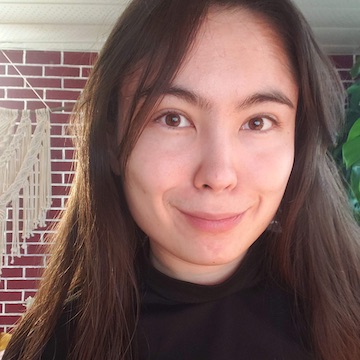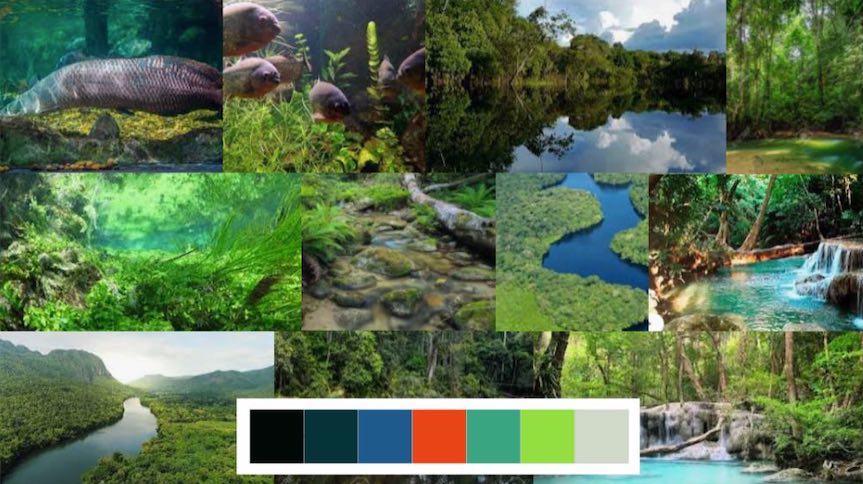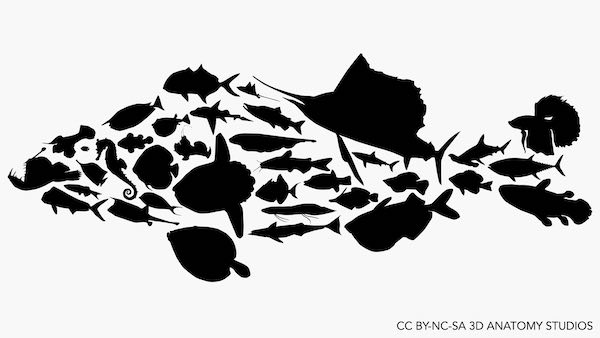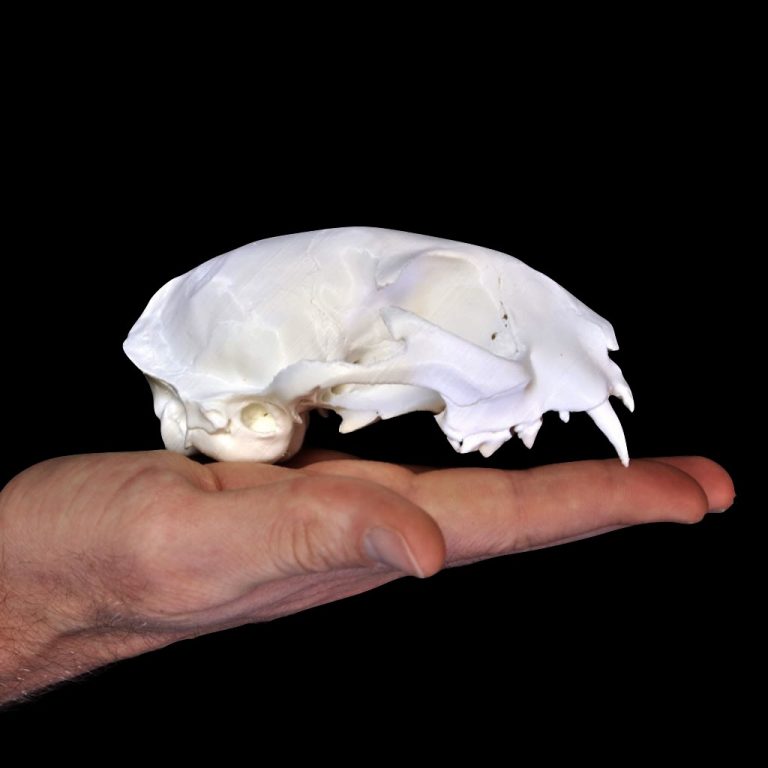
We can’t believe it’s already been five months since we officially registered as 3D Anatomy Studios! We’re not sure if it’s because of the dark cold winter days, the upending of all our routines (again) with the nth (we gave up counting) Covid spike, the impending onset of World War III, or that we’ve just been really busy – some combination of all of these for sure. We have been wanting (desperately, we promise!) to share our progress with you all more regularly and only now have we been able to catch our collective breath. But we promise to share updates more frequently going forward. And we’re kicking off what is to be regular updates (dare we pledge monthly?!) with a…
March 2022 Update!
What we’ve been up to (i.e., where did winter go?!)
In October 2021, we officially registered as 3D Anatomy Studios, LLC in the state of Rhode Island! We’re proud to call the Ocean State our home, though it’s probably more fitting to call it our home away from homes: our eight current members are spread out across North America and only one (our founder) is actually based in Rhode Island. We’ve embraced remote work as a company (because of geography, not Covid) for the flexibility that it provides our members to live and work where they want. We really get the best of both of these local and continental “worlds.”
Locally, we get to be a part of Rhode Island’s vibrant design community, we receive amazing business mentoring from the entrepreneurship and innovation non-profit RI Hub, and being the smallest state in the US, nearly anything we could possibly need is never more than 50 miles away. But having members across the US and Canada also expands our reach and scope: each of our members is part of a different local community, broadening the perspectives that inform our decisions. And we have been able to assemble a company of creative experts united by a mission to create the next generation of anatomy and physiology learning resources, without geographic constraints.

Driven by that mission and within just a couple months of our founding, in December 2021, we welcomed our newest member, Naomi Robson! Naomi is a visual communicator and designer based in Toronto, Canada with expertise in human anatomy education and biomedical communications. She also has her own independent scientific design and communication business, Robson Visuals. With her experience in user-centered design, Naomi has been an invaluable addition to our cooperative and in February we unanimously voted to bring her on as a full member. Of course, it’s also pretty cool that we can now say we’re international. If the baseball World Series can do it, so can we!
We barely had time to celebrate our founding and newest member before we were planning our very first company exhibit at the Society for Integrative and Comparative Biology (SICB) conference in Phoenix, AZ. Held the first week of January every year, the SICB meeting brings together a huge diversity of biologists, from paleontology to invertebrate biology, at all different career levels (e.g., professors, researchers, postdocs, graduate students, and undergrads). Many of our members, including myself, have attended the conference for years as graduate students and postdocs, so exhibiting there feels like sharing with friends and colleagues.

With members across six US states and Canada, we had hoped to take advantage of the fact that many of our members would be attending in person and organize a first company social. Alas, Covid roared back with a terrible vengeance. Only two of our current members were able to attend and only one was able to present at our booth as an exhibitor. Also, something like 30% of the attendees who had registered to attend in person switched to the virtual meeting in the two weeks leading up to the conference. Still, there was barely a quiet moment at our booth during the entire conference and we had so many fantastic conversations with attendees. We’re grateful to everyone who stopped by for their valuable feedback on our product and service ideas and for the conversations that have continued since then!
After a quick recovery from the SICB conference, we got busy preparing our first major proposal to a client. We pitched an online resource that would provide unprecedented interaction and visualization of an important fossil for use in K-12 science education and paleontological research. What excited us the most about this project was how it could take an important scientific discovery and share the data behind that discovery with the world. Very few of us are privileged enough to observe in person and in detail the fossils that have contributed so much to our understanding of evolution and the origins of biodiversity on Earth. This project would bring much of that same experience to learners around the world. As of this writing, the project is still pending and we eagerly hope we’ll have the opportunity to move forward with it and eventually share it with you!

The SBIR Gamble (i.e., risking derisking)
At the start of February and with strong proposal-writing momentum propelling us forward, we began work on an even larger and more complicated proposal: an NSF SBIR Phase I Proposal to develop the next generation of anatomy and physiology learning resources. The National Science Foundation (NSF), which runs the SBIR program, calls it “America’s seed fund.” The goal of the SBIR program, which stands for Small Business Innovation Research, is to provide funding of up to $275,000 for startups and small businesses to “transform scientific and engineering discoveries into products and services with commercial and societal impact.”
In an informational webinar for applicants that we attended on January 27, the program directors summarized the broader goal of the program as providing funding to derisk unproven technology that would otherwise be too risky for typical investors. They also mentioned their interest in funding companies where an SBIR award would be transformative. That is, they’re less interested in funding already well-resourced companies where SBIR funds would just be a drop in the bucket. They want the funding to have a big impact on the company. And they fund just about any field of technology you can think of (e.g., artificial intelligence, nanotechnology, wireless technologies, robotics, distributed ledger, biomedical technologies, etc.).
To apply for funding, you must first submit a “Project Pitch.” This is a 1,500-word document that:
- briefly describes the technology that the company proposes to develop and why it is high impact and unproven,
- the R&D the company proposes to do in development of that technology and how this work would reduce the technical risks,
- what type of customers would buy the technology and why,
- and the background of the small business and team that would complete the project.
Next, you send your pitch to NSF and within a few weeks they tell you whether your project fits within the SBIR program and whether you’re invited to submit a full proposal.
We submitted our pitch on December 9 and heard back by December 12 that we had been invited to submit a full proposal to the Human-Computer Interaction (HC) topic area. Naturally, we (by which I mean my life partner and I) took this as a full license to pop a bottle of bubbly (a $10 prosecco, we’re still practical people after all) and celebrate advancing to the next stage of the submission process. Recent life and current events have taught us that just when you think things are going to get better, they, well, do something unexpected. So we’ve learned to celebrate the good things, no matter how small!

The next step in the process is submitting a full Phase I proposal (called “Phase I” because there’s a “Phase II” award that Phase I awardees can apply for subsequently). And here’s where we really had to evaluate whether it was worth it to write a long and complicated proposal for funding that we may not get. From the webinar and emails with a program director we learned that 50-67% of project pitches are invited to submit a full proposal.
In the webinar we also learned that the pitch review is not actually an assessment of whether the project is “worth” funding (i.e. has merit); it’s really just about determining whether the project fits with the funding objectives of the SBIR program and identifying an appropriate topic area. So if you’ve read the instructions for writing a project pitch and understand the types of projects the SBIR program funds, you’ll likely get invited to submit a full proposal. So that doesn’t really tell you whether you have a good shot at getting funded. (For the record, we don’t regret celebrating!)
A full proposal, on the other hand, has just a 10-20% chance of getting funded (we were told this in the webinar and by email from a program director) and is significantly more complicated. The main requirements of a full proposal are:
- a one-page project summary,
- a 15-page detailed project description that includes references to primary literature,
- a budget,
- a document that justifies all of the budget items including each person’s salary,
- detailed profiles of each major person involved in the project (called biosketches),
- up to three letters of support from individuals not involved in the project in any capacity,
- and letters of commitment from any consultants who will work on the project.
Each of these sections has a particular format that must be followed or a list of suggested content to include, spelled out in 35 pages of instructions (NSF calls the instructions a ”solicitation”). With (at best) a 1-in-5 chance of getting funding, there is (ironically) considerable risk in writing a grant, the purpose of which is to derisk!
We ultimately decided that it was worth that risk and devoted most of February to preparing our full proposal so that we could submit it within the first submission window of 2022 (January 11-March 3; we could have submitted it after March 3, but because of how the submission windows work this would have delayed getting the funding by fourth months, from September 2022 to January 2023). All told, we spent around 100-150 hours total preparing our SBIR Phase I full proposal.
Importantly, there’s more to the submission process than just writing (although that was the bulk of it). There were several company registration steps that took at least 5 hours total to complete. Getting budget estimates for travel, meals, and lodging costs with multiple trips to different destinations based on GSA per diem rates took at least another 5 hours. Our project included working with 12 professors at different institutions (whom we brought onto the project as paid consultants), so we had to reach out to an even larger pool of potential professors and communicate with each individually to get letters of commitment for the proposal. We also met as a team multiple times per week to sort out details about how we would complete the project, how much time each member could commit to the project if funded, and what our budget should be.

If we receive the award, it would be HUGE for us. Since we’re currently a small business with members working remotely and performing mostly digital tasks, we have relatively few overhead expenses (though we may need to expand into a rental space soon!). This lack of many overhead expenses means we could devote a greater portion of the $275,000 award to compensate our members and the professors we’d be working with for their valuable time and contributions. Also, unlike typical business investors or loans an SBIR award does not have to be paid back and there is no equity associated with it (i.e., neither NSF nor the federal government has any ownership over the company or property developed for the project). Although you need to justify the amounts in your budget, there aren’t actually that many limits on how the funding can be spent. Do you need $10,000 for travel directly related to the project? Sure. Do you want to pay someone $50 per hour for their work? Sure, as long as it’s in line with the Bureau of Labor Statistics mean wage data for that person’s occupation and location.
But even if we don’t get the award, we would certainly not consider those 100-150 hours a waste. Just applying for NSF funding enabled us to reach out to our academic partners and colleagues in a way that we otherwise wouldn’t have been able to. At our science conference exhibitor booth in January, we were able to approach attendees and say, “We want to create resources to help you and your students and we’re applying for NSF funding to do it, can you give us your feedback?” Applying for SBIR funding gave us the opportunity to share our vision for what those resources could be with our colleagues who wrote letters of support and the professors we offered to bring onto the project as expert educators. Applying for a new type of grant expanded our grant writing portfolio for our offered services including grant partnerships and research consulting; we can now say that we’ve submitted an NSF SBIR Phase I proposal – that feels really good! Whether or not we get the award, we’ll get reviews from experts in the field and the process forced us to articulate our product development plan and larger vision as a team, with a clear template and deadline.
Perhaps in retrospect we’ll feel differently. And applying for SBIR funding certainly isn’t ideal for all startups or small businesses. But we counted our successful submission as a win and popped another bottle of bubbly!
What’s next?
Since we’ve spent the last couple months focused primarily on writing proposals, we’re shifting gears a bit in March so we can take our shop live by April! Our members Michael Fath and Tim Sosa have created fantastic illustrations over the past months (check them out in our new Portfolio page) and we’ve been creating fun and personal items to showcase and share those illustrations. We’ve also taken some of our custom digital anatomical models and turned them into enlarged 3D prints that provide a unique tactile learning experience not possible even if you had an actual specimen. We have big plans for our offered products in the months ahead but getting our shop up and running is the first step in getting there.

Once our shop is open, we’ll announce it on social media along with a special promotional discount code available only to our followers. So, if you haven’t already, follow us on social media (we’re on Twitter, Instagram, and Facebook!), that way you can find out as soon as our shop opens! It’s also a great way to hear about future blog posts like this one. Thank you for following our progress and we wish you a happy spring!
Written by Aaron Olsen
Edited by Callie Crawford



